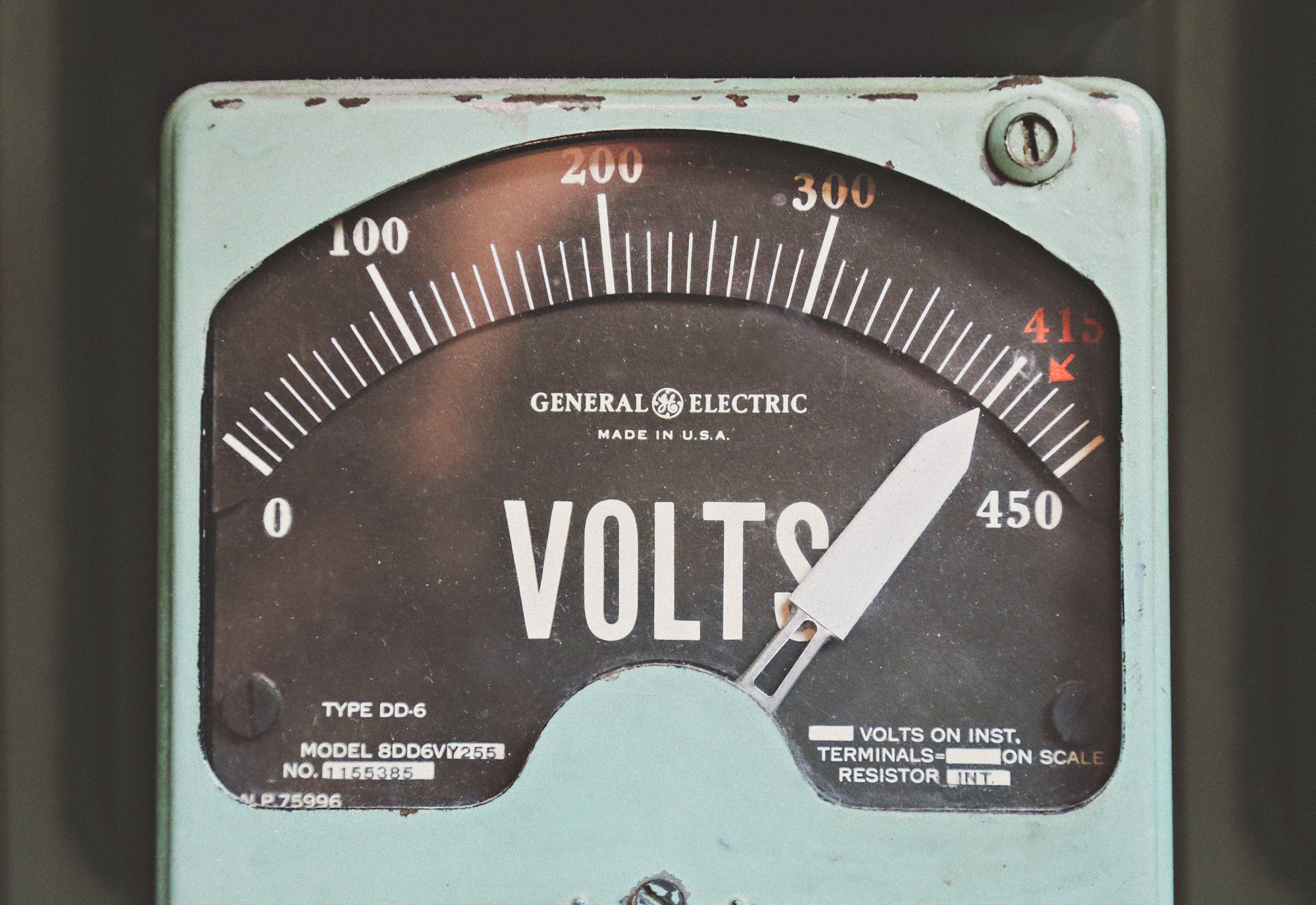At their simplest, electric vehicles convert stored electrical energy to wheel motion. The overview below skips many technical details. A separate post will go into a much deeper dive on these topics.

Energy Conversion
Direct current from the energy source is converted to alternating current (AC) electricity using an inverter. The electricity generates rotation in an electric motor using a variety of different motor technologies. Rotation from the motor goes through a single-speed transmission or gearbox to reduce rotation speed and multiply torque to the wheels. Traction control is provided by a differential. The gearbox and differential make up the drivetrain.
Rotational energy can be converted back to electricity using regenerative braking. When an EV needs to slow down, the electric motor operates as a generator and rotation in the axles generates electricity in the motor and also slows the vehicle down. This electricity is stored in the battery for future use.
Energy Storage
Battery Electric Vehicles (BEVs) store energy in a battery pack (with thousands of individual batteries) that are charged from the electrical grid at charging stations or at home, or from regenerative braking. The electrical output from the battery pack is direct current (DC).
Fuel Cell Electric Vehicles (FCEVs) store energy in liquid hydrogen tanks. Fuel cell stacks are made up of hundreds of individual fuel cells. These hydrogen fuel cells use an electrochemical reaction to convert liquid hydrogen (H₂) and oxygen (O₂) into electricity, with water (H₂O) as the main output. The electrical output from the fuel cell stack is in direct current (DC).
Supercapacitors store smaller amounts of energy and complement primary energy storage. Unlike batteries and fuel cells, they rapidly and efficiently charge and discharge. This is useful to deliver quick power during acceleration and also to capture more power during regenerative braking, reducing load and wear on the battery pack or fuel cell stack.
Software & Control
A motor controller is the hardware “brain” that adapts current and voltage levels to get specific speed, power and torque. Vehicle management software is used to manage electrical charging, energy conversion, and drive systems. Autonomous control software coupled with sensors can allow for vehicles to be driven with reduced or even zero human intervention.
Deep dives on Battery Electric Vehicles, Fuel Cell Electric Vehicles, and Autonomous Control are all coming soon...
For now, back to the homepage.
Header image credit: Thomas Kelley
